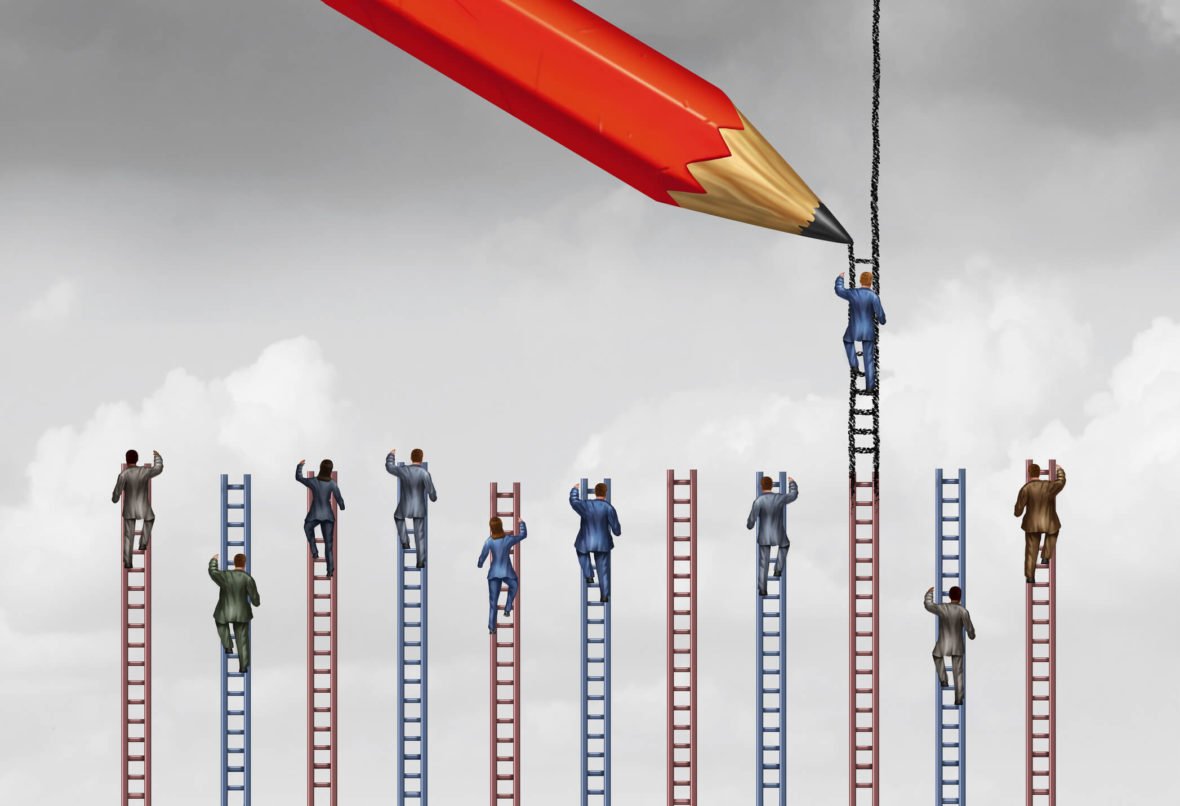The broken ladder: Economic inequality refers to the unequal distribution of resources and opportunities. It occurs when some individuals or groups have more wealth, income, or assets than others, and when access to resources such as education, healthcare, and job opportunities is limited.
Economic inequality affect society – The Broken Ladder Concept

Economic inequality can have a significant and far-reaching impact on society. Here are a few examples:
· Limited social mobility
Economic inequality can make it harder for individuals to move up the economic ladder. Those who are born into lower-income families may not have the same opportunities for education, job training, or other resources that can help them advance. This can create a cycle of poverty and limit social mobility, leading to a lack of economic opportunity and reduced overall prosperity.
· Health outcomes
The “broken ladder” concept suggests that individuals who are lower the economic ladder may experience poorer health outcomes. This could be due to a variety of factors, such as limited access to healthcare, stress related to financial insecurity, or a lack of resources for healthy food and exercise.
· Political instability
When economic inequality is high, it can lead to political instability. Those who feel left behind may become frustrated and disillusioned with the system. This can lead to social unrest, protests, or even violence.
· The broken ladder: Social cohesion
Economic inequality can also erode social cohesion. Those who are higher on the economic ladder may not have a good understanding of the challenges faced by those who are lower on the ladder. This can create a sense of disconnection between different segments of society and lead to a lack of empathy or understanding.
The concept of the broken ladder helps to illustrate how economic inequality has significant and wide-ranging impacts on society. Addressing this inequality is essential to creating a more equitable and prosperous society for all.
Concept of the Broken Ladder – Definition and Meaning
The concept of “broken ladder” refers to the idea that social mobility or the ability of individuals to move up the socioeconomic ladder is limited or even nonexistent. This is often associated with high levels of economic inequality, where a small group of individuals holds a disproportionate share of the wealth and resources, and others are left behind.
The “broken ladder” concept suggests that despite working hard and pursuing opportunities, many individuals and families are unable to improve their economic situation. This can lead to a sense of frustration and hopelessness and can erode social trust and cohesion.
The Origin of the term “The Broken Ladder”
The origin of the term is not clear, as it has been used in different contexts and by different authors over time. However, it is likely that the term was first used as a metaphor to describe the limitation and obstacles that individuals from low-income households face in achieving upward social and economic mobility.
The concept of the “broken ladder” is a widely used term. It is often used by scholars, policymakers, and advocates to describe the negative consequences of economic inequality and limited social mobility.
The concept has been used in various academic disciplines, including sociology, economics, and political science, to describe the limitation and obstacles that exist for individuals from low-income households to improve their social and economic status.
Some notable scholars and authors who have written about the concept of “broken ladder” include:
- Robert D. Putnam, an American political scientist, and author of the book “Our Kids: The American Dream in Crisis”
- Raj Chetty, an economist, and professor at Harvard University, where he directs the Opportunity Insights research group. He is known for his research on social mobility and economic inequality and received numerous awards and honors for his work, including a MacArthur Fellowship (also known as the “Genius Grant”) in 2012.
- Keith Payne, a social psychologist, and professor at the University of North Carolina at Chapel Hill. He is the author of a book titled “The Broken Ladder: How Inequality Affects the Way We Think, Live, and Die”. It explores the psychological effect of inequality and social hierarchy on individuals and society.
In this book, Payne uses the metaphor of the “broken ladder” to describe how economic inequality can lead to limited social mobility and exacerbate social and economic divides.
Effects of The Broken Ladder

The “broken ladder” can lead to a sense of hopelessness and frustration among individuals and families. Particularly, those who live in low-income communities. When individuals perceive that their hard work and efforts do not lead to better economic outcomes, it can erode their trust in social institutions, including the government and the labor market. This can result in a range of social problems, including crime, drug abuse, and mental health issues.
Furthermore, economic inequality can exacerbate existing social divides and inequalities. For example, people from marginalized groups, such as ethnic and racial minorities, women, and people with disabilities, are more likely to experience economic inequality and its negative consequences. This can reinforce existing inequalities and create a cycle of disadvantage that is difficult to break.
Finally, economic inequality can lead to a concentration of wealth and power among a small group of individuals, which can undermine democratic institutions and the social contract. When a small group of people controls most of the resources, they may use their power to influence political and economic outcomes in their favor, often at the expense of the broader society.
Manifestation of The Broken Ladder

The “broken ladder” can manifest in many different ways, including the form of working women’s inequality. Women, especially those from minority and low-income backgrounds, often face significant barriers to achieving economic and social mobility. We talked about these barriers in one of our posts titled “The Glass Ceiling Concept – A Biggest Challenge for working women growth”.
Despite women’s contribution in all categories of work, they often face unequal pay when compared to their male counterparts.
Addressing the “broken ladders” can help to create a more equitable and supportive work environment for women. It increases the opportunities for women’s growth and advancement in their careers.
The broken ladder: Factors of economic inequality and limited social mobility
Economic inequality and limited social mobility can have several causes, including:
· Unequal access to education
Education is a critical factor in social mobility and economic success. Unequal access to education or quality education can limit opportunities for many individuals.
· Discrimination
Discrimination based on race, ethnicity, gender, religion, or other factors can create barriers to economic success and limit social mobility.
· Income inequality
Income inequality can lead to the concentration of wealth and resources among a small percentage of the population, limiting opportunities for those with lower incomes.
· Occupational segregation
Occupational segregation can limit opportunities for individuals in certain fields or industries, particularly those that are higher paying and have greater potential for upward mobility.
· Lack of affordable housing
The high cost of housing in some areas can limit opportunities for individuals and families with lower incomes. Making it harder to access education, employment, and other resources.
· Limited access to healthcare
Limited access to affordable healthcare can impact individuals’ health outcomes and ability to work. Limiting their economic opportunities and social mobility.
· Systemic barriers
Systemic barriers, such as discriminatory policies and practices can create long-lasting patterns of inequality that persist over time.
Addressing economic inequality and limited social mobility requires a comprehensive approach that addresses these various factors. It is crucial due to several reasons. It promotes social cohesion. It supports economic growth by increasing access to education, employment, and other resources. This can lead to increased productivity and innovation. It reduces poverty and promotes justice.
The broken ladder: Solutions to Economic inequality
A balanced approach that considers both the benefits and drawbacks of economic equality may be necessary to achieve optimal outcomes for individuals and societies. Here are some suggestions for addressing economic inequality – the broken ladder:
· Expand access to education
Education is a critical factor in social mobility, and expanding access to quality education can help individuals achieve their full potential and move up the ladder.
· Address income inequality
Income inequality can limit opportunities for individuals and make it harder for them to move up the ladder. Policies that address income inequality, such as progressive taxation and minimum wage laws, can help to create a more equitable distribution of wealth and resources.
· Promote diversity and inclusion
Discrimination can create barriers to economic success and limit social mobility. Efforts to promote diversity and inclusion can help to reduce these barriers and create more opportunities for individuals.
· Increase access to affordable housing
The high cost of housing in some areas can limit opportunities for individuals and families with lower incomes. Making it harder to access education, employment, and other resources. Increasing access to affordable housing can help to address this issue.
· Support entrepreneurship
Encouraging entrepreneurship and small business development can create new opportunities for individuals to achieve economic success and move up the ladder.
· Implement supportive policies for families
Policies that support families, such as paid parental leave and affordable child care, can help to reduce the burden of caregiving and allow individuals to focus on their careers and education
· Invest in infrastructure and communities
Investment in infrastructure and community development can create new job opportunities and support economic growth, particularly in underserved areas.
These are just a few suggestions for addressing the broken ladder. It will require a comprehensive approach that addresses the various factors that contribute to social and economic mobility. As well as a commitment to creating more equitable and just societies that support the well-being of all individuals.
In summary, economic inequality is a pervasive problem that can have serious negative consequences for individuals and society as a whole. The broken ladder concept refers to the idea that economic inequality can limit opportunities for upward mobility, perpetuating cycles of poverty and social unrest.
Addressing economic inequality will require a multi-faceted approach that includes policy changes, social reforms, and individual actions. Some potential solutions include progressive taxation, increased access to education and job training, and a stronger social safety net. However, addressing economic inequality requires sustained effort and a commitment to promoting fairness, justice, and equal opportunity for all members of society. The broken ladder concept reminds us of the importance of economic mobility and the need for policies and social norms that promote fairness. By addressing economic inequality, we can create a more just and prosperous society that benefits everyone.
Concluded.
Disclaimer: The majority of the pictures on our platform are sourced from Google images and Pexels, and may not indicate copyright ownership. We will promptly remove the picture with sincere apologies, if any copyright claims.







